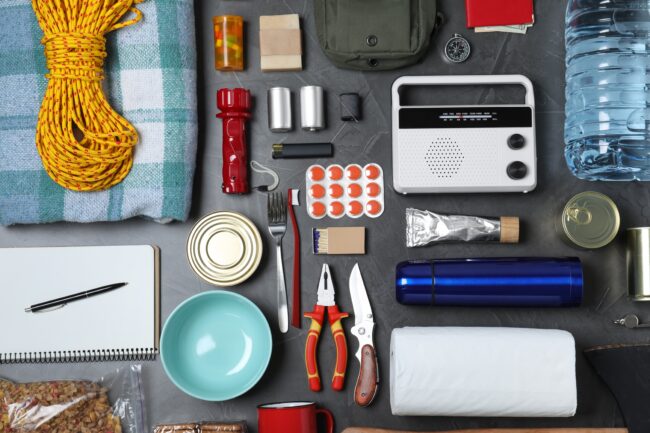Disasters can strike at any time, turning our lives upside down in the blink of an eye. From natural calamities like earthquakes, hurricanes, and floods to human-made crises such as fires and pandemics, the unpredictability of disasters emphasizes the importance of being prepared. In this blog post, we will delve into the essential aspects of disaster preparedness to help you and your loved ones stay safe in the face of adversity.
Create a Personalized Emergency Plan
The first step towards disaster preparedness is creating a comprehensive emergency plan tailored to your specific circumstances. Consider the needs of every family member, including pets, and establish a communication strategy. Identify evacuation routes, emergency contacts, and safe meeting points. Regularly review and rehearse the plan with your family to ensure everyone is familiar with the procedures.
Build an Emergency Kit
A well-equipped emergency kit is crucial for survival during and after a disaster. Your kit should include essential items such as:
- Non-perishable food and water for at least three days
- First aid supplies
- Medications
- Flashlights and batteries
- Multi-tool kit
- Personal hygiene items
- Important documents (ID, insurance papers, etc.)
- Cash
- Clothing and blankets
Remember to customize your kit based on the unique needs of your family members.
Stay Informed
Keeping abreast of the latest information is vital during a disaster. Invest in a weather radio, follow local news updates, and download relevant apps to receive real-time alerts. Understand the emergency protocols in your area, such as evacuation orders and shelter locations. Social media can also be a valuable tool for staying informed and connecting with your community during a crisis.
Safeguard Your Home
Ensure that your home is prepared to withstand potential disasters. Secure heavy furniture and appliances to prevent them from toppling during earthquakes or storms. Install smoke detectors and carbon monoxide alarms, and regularly check their functionality. Reinforce doors and windows, and have a professional assess the structural integrity of your home.
Develop Community Connections
Disaster preparedness is a collective effort. Get involved in your community’s emergency planning initiatives, join neighborhood watch programs, and participate in drills or training sessions. Building strong connections with your neighbors fosters a supportive environment where everyone can lend a helping hand during tough times.
Conclusion
Disasters may be unpredictable, but with thorough preparation, you can significantly reduce the risks and enhance your ability to cope with challenges. By creating a personalized emergency plan, building a well-stocked emergency kit, staying informed, safeguarding your home, and fostering community connections, you can increase your resilience in the face of adversity. Remember, the key to effective disaster preparedness lies in proactive measures and a collective commitment to creating safer, more resilient communities.

